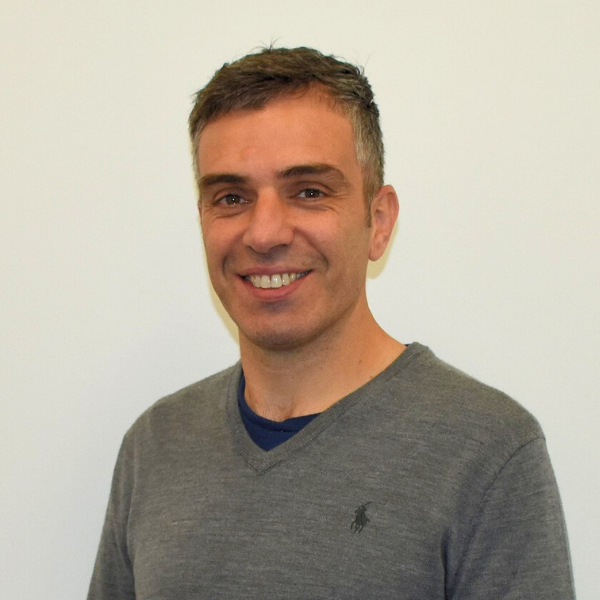The Wistar Institute Announces the Appointment of Aleister Saunders, Ph.D., and Patrick Oates, Ph.D., to its Board of Trustees
PHILADELPHIA—(Dec. 18, 2023)—The Wistar Institute, a global leader in biomedical research in cancer, immunology and infectious disease, is pleased to welcome Aleister Saunders, Ph.D., and Patrick Oates, Ph.D., to its Board of Trustees. The two new trustees bring a wealth of experience in biomedical research, technology transfer, and drug development to Wistar’s mission.
As Executive Vice Provost of the Office of Research & Innovation at Drexel University, Dr. Aleister Saunders is responsible for the strategic, compliance and grants management aspects of research as well as the licensing and commercialization of Drexel-created innovations. Prior to his current role, Saunders served as Drexel’s Senior Vice Provost for Research; Associate Dean for Natural Sciences Research and Graduate Education in the College of Arts and Sciences; Associate Department Head of the Department of Biology; and Director of the University’s RNAi Resource Center.
Dr. Saunders obtained his BS in biochemistry from the Pennsylvania State University and Ph.D. in biochemistry from the University of North Carolina at Chapel Hill. He also completed postdoctoral research fellowships at Harvard Medical School in functional genomics and later in genetics.
“As someone who has had a working relationship with The Wistar Institute for nearly 20 years, I’ve long been impressed with their focus and commitment to advancing meaningful discoveries,” explained Dr. Saunders. “From its history of therapeutic innovations to its workforce development and training efforts, I’m excited to see them continue leveraging new technologies and approaches to further contribute to Philadelphia’s thriving life sciences marketplace.”
Dr. Patrick Oates is the Senior Vice President of Business Development & Strategic Planning for EMSCO Scientific, Inc., where he manages partnerships with pharmaceutical companies and other life science entities to foster commercial growth. Prior to his role at EMSCO, Dr. Oates had numerous roles of increasing responsibility with a number of pharmaceutical companies, including GlaxoSmithKline, Aventis, Wyeth, and Cherokee Pharmaceuticals.
Dr. Oates completed his undergraduate training at Tuskegee University in Animal Science and received his doctorate degree in Physiology & Molecular Biology at Howard University in Washington, DC.
“The Wistar Institute has long been a leader in Philadelphia’s biomedical research landscape, and their commitment to educating the next generation of biomedical professionals is advancing equitable career opportunities in this growing market,” said Dr. Oates. “Their work is vital to continue diversifying the STEM workforce and I look forward to joining with their leadership team to continue those efforts.”
“We’re extremely fortunate to add the expertise of two inspirational and accomplished leaders like Dr. Saunders and Dr. Oates to our leadership team” said Dario Altieri, M.D., president and CEO of The Wistar Institute. “They bring with them not only a deep understanding of The Wistar Institute and its vision, but also a commitment to excellence and a passion for innovation that dovetail perfectly with Wistar’s mission. We look forward to working with them to further advance Wistar Science and continue our record of bringing forth transformative biomedical discoveries that improve the future of human health.”










